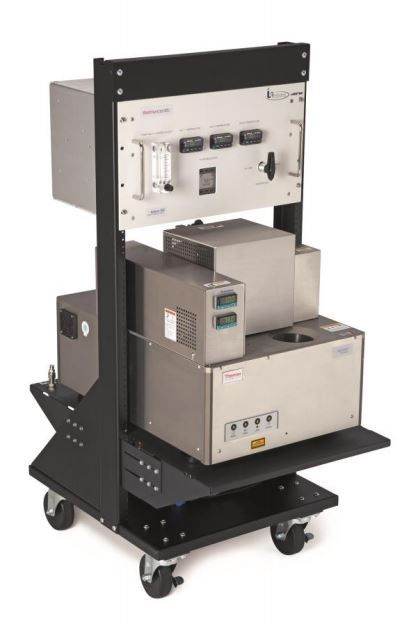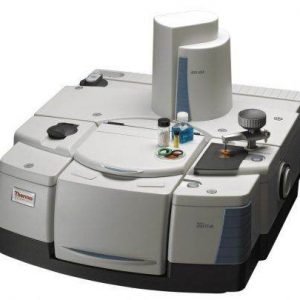Control of the composition and purity of medical gases
- Application description
- FT-IR spectroscopy
The amount of inhaled oxygen (whether too high or too low) can have bad effects on human health. If oxygen (or other artificial gas for breathing) is not mixed well, negative responses can very quickly occur in its users: from weakness, nausea and shortness of breath to severe symptoms such as loss of consciousness, cardiac arrhythmias, etc. Of course, such a situation can cause irreparable damage to health, including death. In addition to the required gas, there may be various contaminants inside any gas tanks (as well as in the air): moisture, carbon oxides, nitrogen oxides, volatile hydrocarbons, condensed oils, dust, microparticles, etc. Some of them may not necessarily cause direct symptoms, but continuous exposure to a defective gas mixture may be harmful to health. With regard to some applications of the discussed compressed gases, damage to overall equipment (e.g. in hospitals) can also occur, which again increases the risk of injury.
 For all these sensitive reasons, many industries require the most accurate analysis and periodic inspection of (not only) breathable gas (oxygen cylinders for divers, gas for fighter pilots and commercial flight passengers, medical purposes, chemical production, water purification and treatment, metalworking etc.). The area of application where oxygen purity is really a crucial parameter is healthcare. Only the so-called medicinal oxygen in gaseous or liquefied state (clearly marked bottles, containers and tanks) is used.
For all these sensitive reasons, many industries require the most accurate analysis and periodic inspection of (not only) breathable gas (oxygen cylinders for divers, gas for fighter pilots and commercial flight passengers, medical purposes, chemical production, water purification and treatment, metalworking etc.). The area of application where oxygen purity is really a crucial parameter is healthcare. Only the so-called medicinal oxygen in gaseous or liquefied state (clearly marked bottles, containers and tanks) is used.
From the point of view of the legislation of the Czech Republic, medicinal oxygen is a medicinal product with all the consequences of this definition (production, distribution, distribution of oxygen in hospitals, sales, etc.). The main applications of medical oxygen are respiratory support, oxygen therapy, resuscitation, anesthesia, treatment of respiratory problems, hyperbaric chambers, etc.). Other frequently used medicinal gases are carbon dioxide, nitrous oxide, SF6, helium, Entonox mixture and others.
Infrared spectroscopy (FT-IR) in conjunction with the so-called long-way gas cell is a very effective solution for checking the composition of compressed gases in tanks of various types, but also a fast detector of oxygen and helium purity for medical purposes. Depending on the selected gas cell (and the given application) it is possible to detect impurities in medical gases up to ppt concentrations using FTIR spectrometers. More common are assemblies with detection in the range of ppm – ppb of impurities in the monitored gas. It is possible to use the dedicated FTIR gas analyzer Antaris IGS, for more demanding environments we recommend Nicolet iG50, or application of a gas cuvette to any FTIR spectrometer from our portfolio (more about gas analysis can be found here).
Advantages of FTIR methodology of composition analysis and control of gas purity:
- Measuring options: On-line and at-line measurements, checking the contents of cylinders, sampling, etc.
- The sensitivity of the method is usually in a huge concentration range: from 99.9% percent to ppb units of individual components, without the need to separate the components of gas mixtures
- Quantitative calibrations are very stable, their periodic control using standards is only for legislative and GLP / GMP purposes
- FT-IR spectroscopy identifies all types of gases (except biatomic molecules)
- The software of modern infrared spectrometers meets all the requirements in terms of operation in pharmacy and healthcare (CFR 21 part 11, GMP annex 11, IQ/OQ/PQ/DQ procedures, data integrity, digital signature, etc.)


